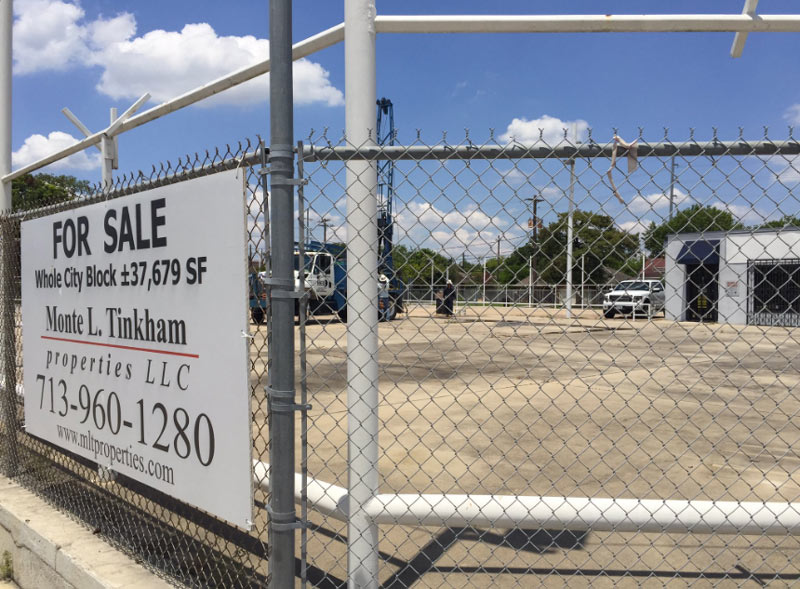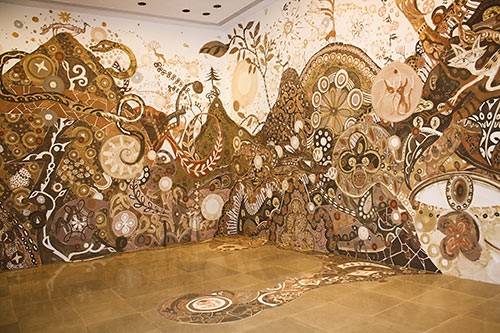
Chris Andrews has caught a few snapshots of what appears to be a soil sampling crew at work at 1901 N. Main St., formerly the site of Uncle Johnny’s Good Cars. Most of the 37,679-sq.-ft. property, occupying the block on the east side of N. Main between Hogan and Gargan streets (including the 1950s auto shop and the next door 1930s Beer’s Building), was transferred to a legal entity called Cerveza Four in May of 2015. Shortly thereafter, Keller Williams Realty posted the cheerily-soundtracked video listing below showing the ins and outs of the property, nestled between the Casa De Amigos city health clinic to the south and the former home of Alamo Thrifty Bail Bonds (now bike shop HAM Cycles 2) across Gargan:


